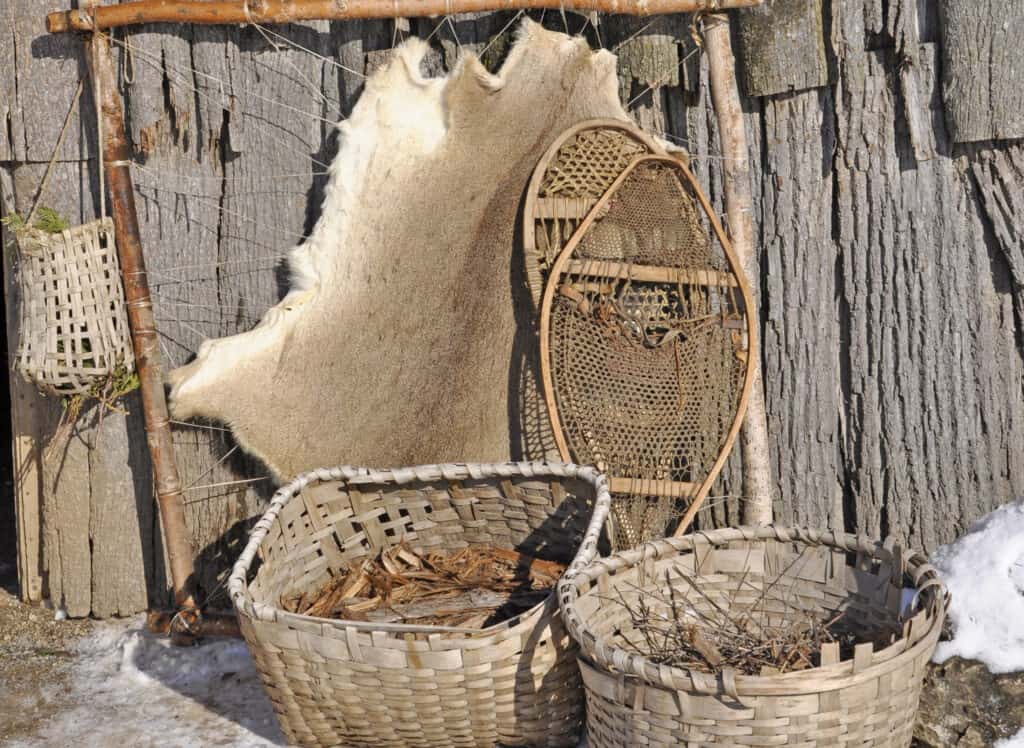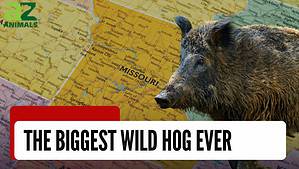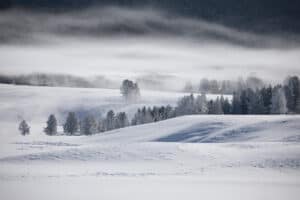The Iroquois are a group of North American and Turtle Island native people. In its most precise sense, “Iroquois” does not relate to a people but rather to their language. Before the Europeans came, there were five different groups of Iroquois. The five Iroquois tribes spent a lot of time and energy fighting each other until the early 1500s. Legend says that around this time, they realized what they had done wrong and joined together to form a powerful confederation. There were likely other tribes that shared this language but were not part of the Confederacy.
It was the Iroquois Confederacy’s superior organization, clearer definition, and greater success in the northern woodlands that set it apart from other American Indian confederacies. The Iroquois used intricate ceremonies to choose their leaders and make other important choices. They were able to persuade colonial governments to use these rituals in their negotiations and spread the idea that political wisdom is based on ritual sanction.
Name
They are also called Haudenosaunee, which in Iroquoian means “people of the longhouse.” During the time when France had colonies in North America, the French called them the Iroquois League and the Iroquois Confederacy. The English called these native people one of the “Five Nations,” which also included the Oneida, Onondaga, Cayuga, and Seneca nations. After the Tuscarora joined in 1722, the English began referring to the confederacy as the Six Nations.
Location
Iroquois have inhabited southern Ontario and northern New York for over 4,000 years. The Iroquois were also known as the Confederate Indians and the Five Nations. The Iroquois originated in the region of upstate New York between the Adirondacks and Niagara Falls. By 1680, the Iroquois had migrated and conquered much of what is now the northeastern United States and eastern Canada.
The Iroquois have 17 settlements spread over Ontario, Quebec, New York, Wisconsin, and Oklahoma. Many Iroquois people have jobs in government, teaching, and construction. Despite the existence of elementary schools on the reserve, most of the children and young adults who attend high school and university do so off the reservation. Multiple Iroquois reservations are currently undergoing the construction of new community centers, museums, and recreational and sporting venues.
Population
The Iroquois Confederacy had roughly 10,000 people at its zenith, but by the 18th century, it had dwindled to around 4,000. By 1995, Doug George-Kanentiio, an Akwesasne Mohawk patriot and vice-president at Hiawatha Institute for Indigenous Knowledge, reported 51,255 Canadian Six Nations inhabitants. In the 2000 census, 80,822 Americans claimed Iroquois ethnicity (equivalent to European), with 45,217 claiming purely Iroquois ancestry. As of December 2014, the Six Nations Elected Council reported over 12,000 individuals living on Canada’s largest First Nations reservation.

This selection of Iroquois artifacts on display at a reconstructed 15th-century Iroquois village showcase the creativity with which these people utilized natural resources.
©iStock.com/skyF
Iroquois Tribe Beliefs
The Iroquois tribes’ spiritual beliefs changed with time, like many societies. The Iroquois worshipped many gods, including the Great Spirit, Thunderer, and Three Sisters, which represented the spirits of beans, maize, and squash. The Iroquois believed in three types of spirits: earthly, aerial, and celestial. The Great Spirit was the highest spirit. The Great Spirit created plants, animals, and people to guide humanity and “the forces of good in nature. Iroquoians called magical power “Orenda.” Orenda pervaded everything for the Iroquois. If people respected nature, they could harness the power of Orenda.
Dreams disclose desires and inspire action in Iroquois spirituality. Burning tobacco lets humans petition spirits. When a sachem, or chief, dies, the Iroquois conduct memorial services. They believe the soul travels, undergoes difficulties and enters the heavens after death. On this year-long trek, the Iroquois mourn their deceased. A feast celebrates the soul’s return to the sky world after grief.
Iroquois Tribe Culture
Their society’s military, administration, and lifestyle are exemplary. Iroquois women had special roles. Women had power in agricultural communities because they were regarded to be tied to the earth’s capacity to produce life and distribute food. Women also selected Confederate sachems. After marriage, Iroquois families moved into the mother’s longhouse and traced their history from her.
Women did fieldwork, including farming, while men undertook forest work, including woodworking. While men fought, traded, and hunted, Iroquois women farmed collected food and cleaned. Gender-based labor division ruled Iroquois society. During European contact, Iroquois women produced 65 percent of food, and males produced 35 percent. Early European settlers envied Iroquois food production since famine and hunger were frequent.
The Iroquois were known for their exceptional skill with tools and craftsmanship. Their wooden wares and tools were strong and functional. These communities produced a wide variety of artifacts including beautiful clothing and shoes. This included robes fashioned from bear and rabbit fur, leather leggings, and tunics. Most Iroquois wore moccasins, which were constructed from sturdy leather such as that of elk or deer. The same style of moccasin would be worn by both men and women.
Language
In North America, the term “Iroquois” is used to refer to any member of an Indian tribe who speaks an Iroquoian language. This includes, but is not limited to, the Tuscarora, Seneca, Onondaga, Oneida, Mohawk, Huron, Cherokee, and Cayuga. The Iroquoian languages of these groups are all linked to one another. In contrast, the ties between the Seneca and the Cherokee are weaker. The Iroquoian language is one of the many spoken by indigenous peoples in North America. Their lack of labial consonants has made them famous.
Only a handful of senior people are able to communicate in each of the remaining Iroquoian languages. The Mohawk in New York and the Cherokee in North Carolina are the two tribes with the highest concentrations of native speakers. However, each has fewer than 10% of the total population.
Up Next:
The photo featured at the top of this post is © iStock.com/daboost
Sources
- Seneca Nation of Indians, Available here: https://sni.org/culture/
- U.S.History.org, Available here: https://www.ushistory.org/us/1d.asp
- LegendsofAmerica.com, Available here: https://www.legendsofamerica.com/iroquois-confederacy/
- Ducksters.com, Available here: https://www.ducksters.com/history/native_american_iroquois.php
Thank you for reading! Have some feedback for us? Contact the AZ Animals editorial team.






